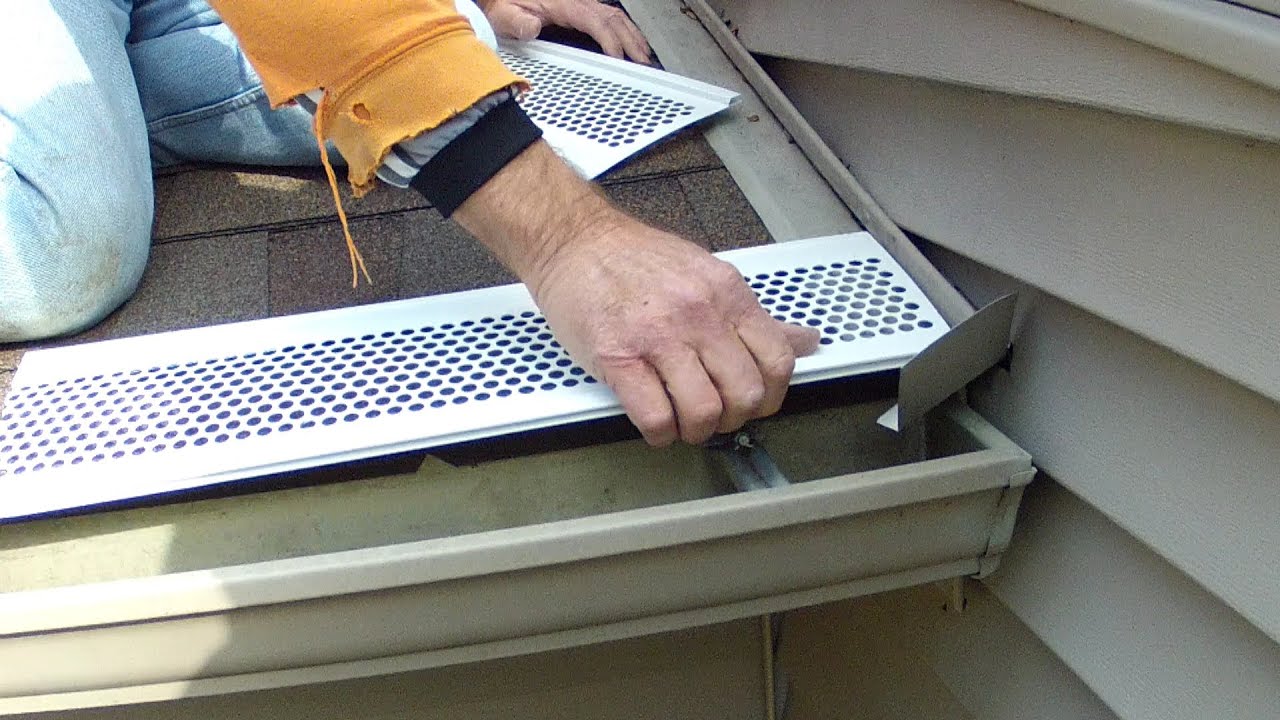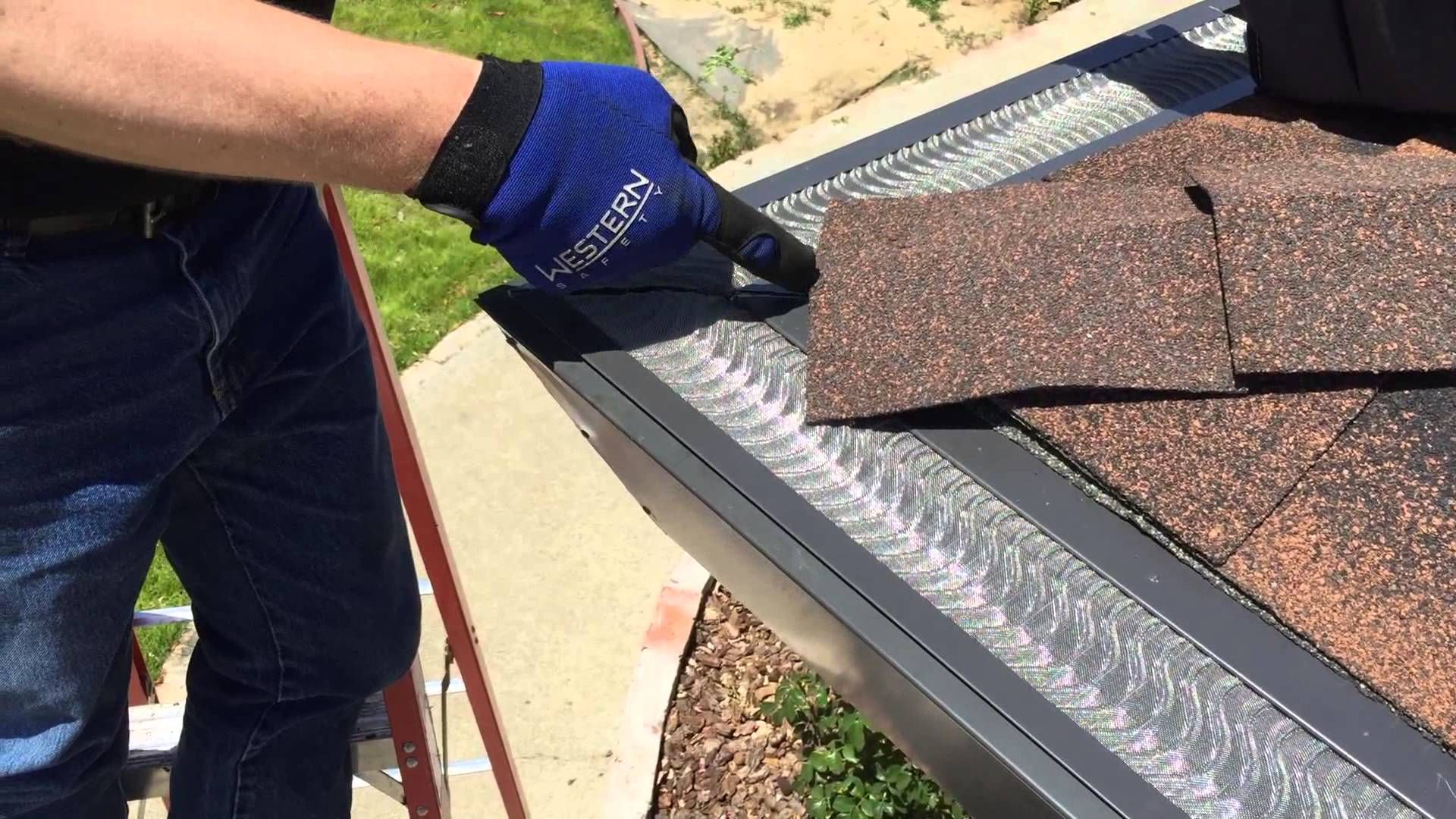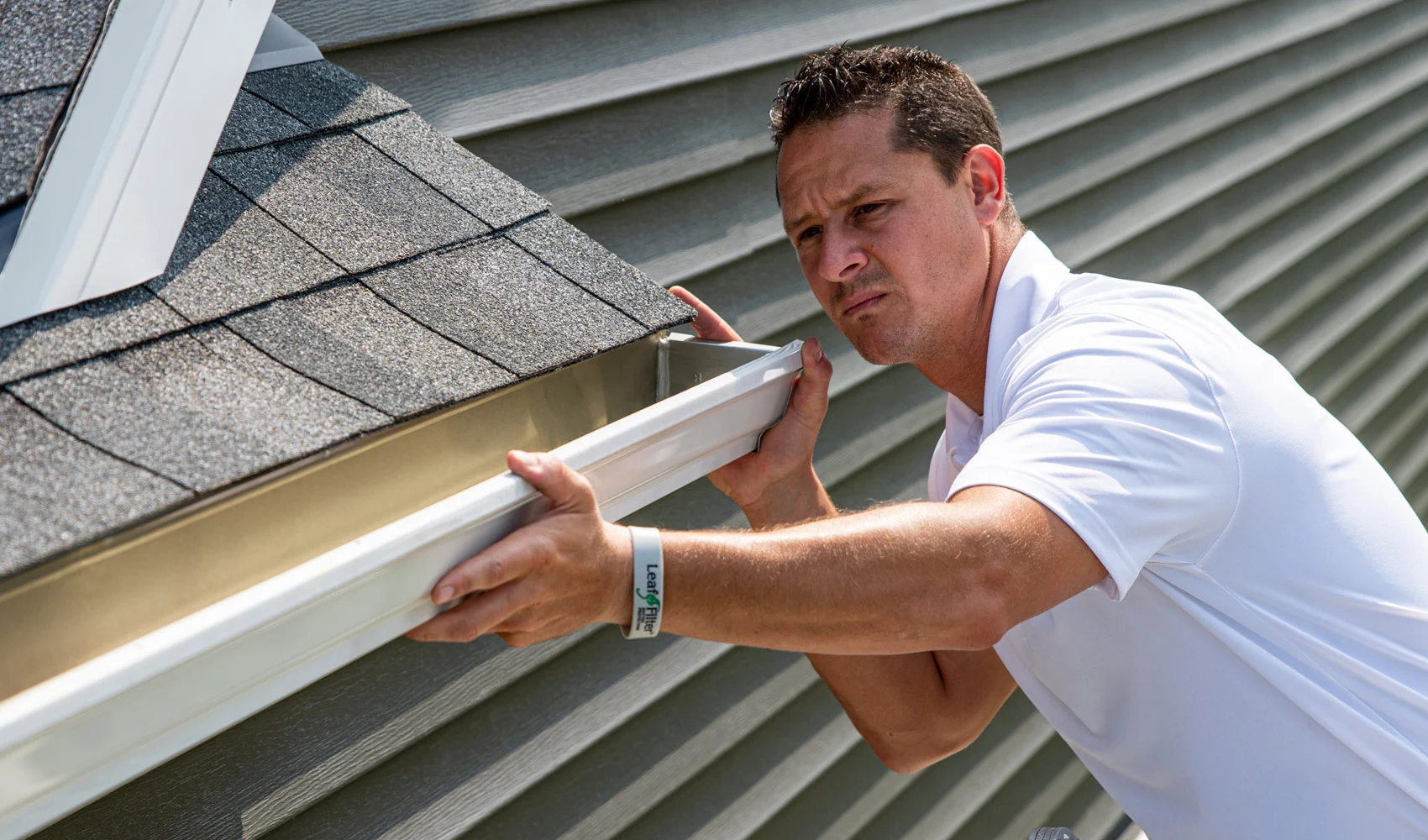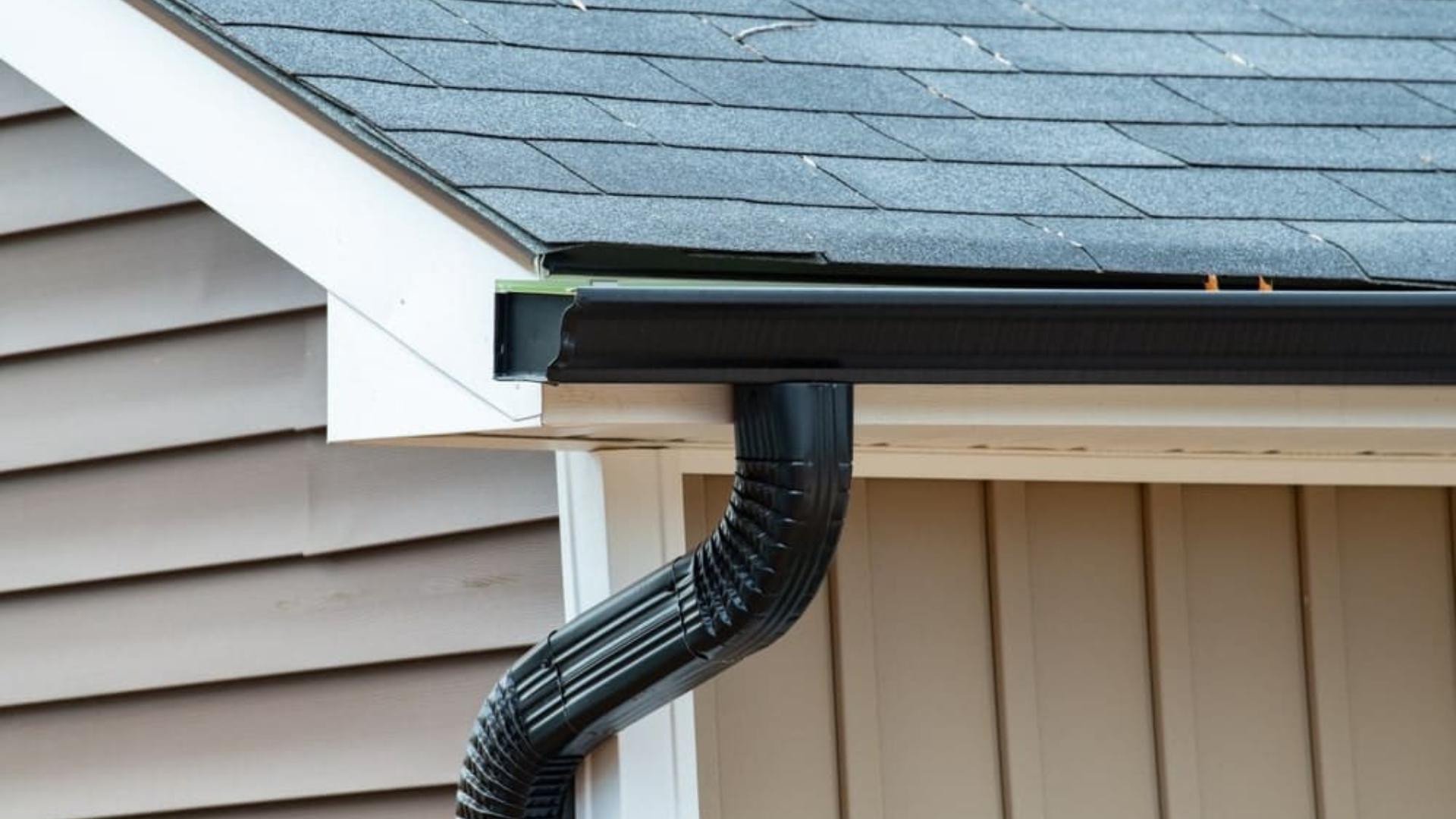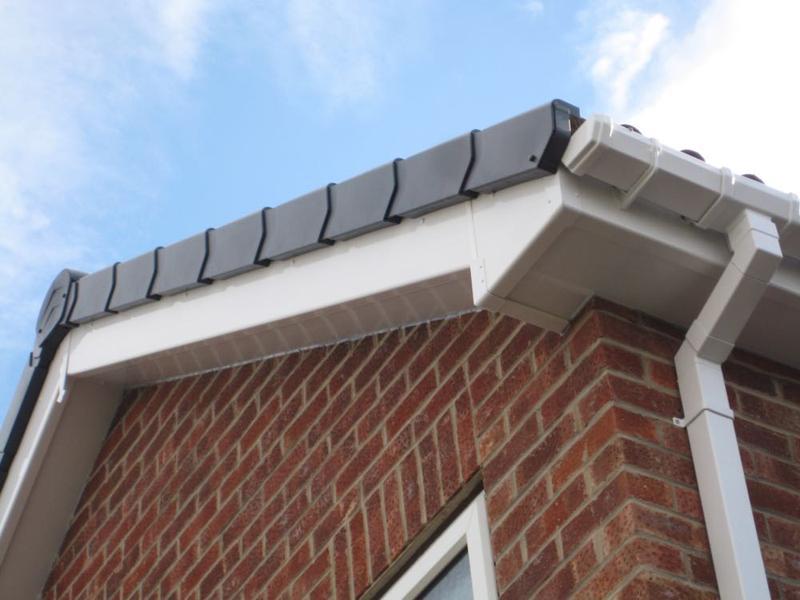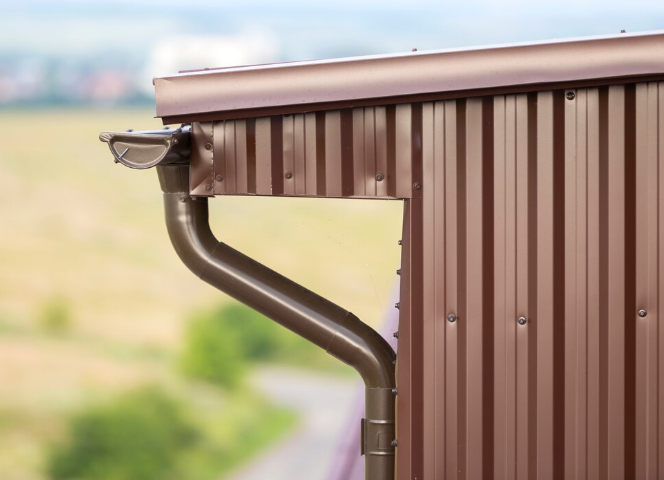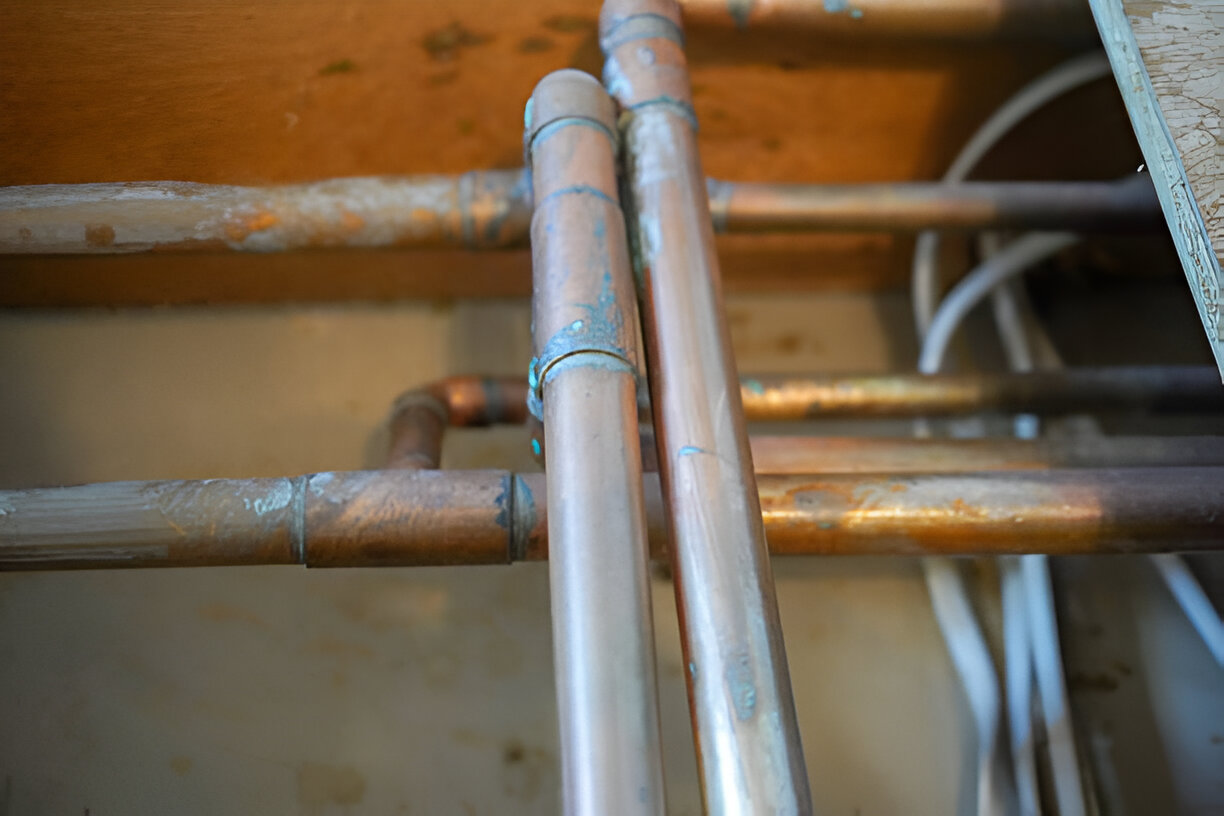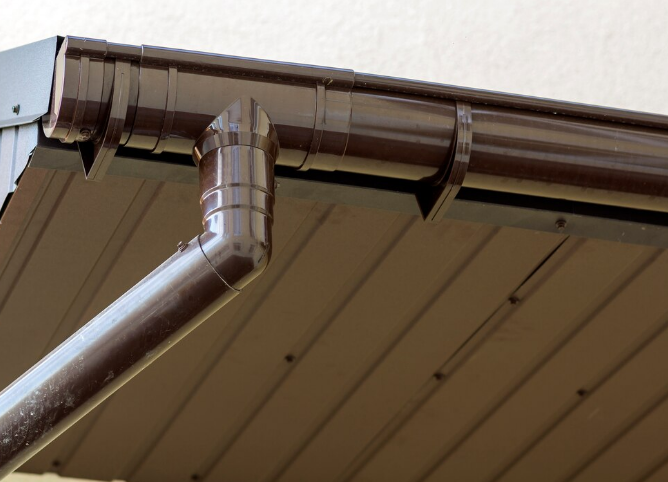Copper gutters are an elegant and durable choice for homeowners who want both functionality and style. Known for their strength, longevity, and ability to enhance curb appeal, copper gutters can withstand years of exposure to the elements. However, like all materials, copper is not impervious to damage caused by extreme weather conditions. Understanding how weather affects copper gutters is essential for maintaining their integrity and ensuring they function as intended.
In this blog post, we’ll explore the different ways weather impacts copper gutters and how you can protect them to ensure they last for years.
1. The Effects of Rain on Copper Gutters
Rain is the primary cause of wear and tear on gutters, including copper. Copper gutters are designed to channel water away from your home, preventing flooding and foundation issues. However, constant exposure to rainwater, especially over time, can have both positive and negative effects on copper gutters.
Positive Effects: Patina Development
One of the most notable aspects of copper gutters is their ability to develop a patina, a greenish-blue coating that forms as copper reacts with rainwater, oxygen, and environmental elements. This patina is a natural protective layer that shields the copper beneath it from further corrosion and damage. Over time, the patina provides copper gutters with an antique look, which many homeowners find appealing.
Negative Effects: Corrosion and Erosion
While the patina provides some level of protection, heavy rainfall over extended periods can still cause erosion, especially if your gutters are not regularly cleaned or maintained. If your gutters become clogged with leaves, twigs, or other debris, rainwater may pool in certain areas, accelerating corrosion in those spots. This can lead to rusting, staining, or even structural damage to the gutters.
2. How UV Rays Impact Copper Gutters
Ultraviolet (UV) rays from the sun can have a significant impact on copper gutters, particularly when combined with high temperatures. UV rays can speed up the oxidation process, causing copper to change color more rapidly. Over time, this can result in uneven patina development, where some areas of the gutter have a darker, more aged appearance than others.
Patina Acceleration
The intense heat from the sun causes copper to expand and contract, which can lead to the accelerated formation of a patina. While this is often a desirable effect, excessive UV exposure can cause the patina to form unevenly, giving your gutters an inconsistent look. Additionally, the heat from the sun can dry out the copper, making it more prone to cracking or brittleness if not properly maintained.
Protection Against UV Damage
To mitigate the impact of UV rays, some homeowners choose to apply a protective coating to their copper gutters. Clear protective sealants or coatings can help maintain the gutter’s appearance and prevent excessive patina formation. However, keep in mind that applying a sealant will prevent the patina from forming, which some people may not want. Regular cleaning and maintenance can also help reduce the long-term effects of UV exposure.
3. Temperature Fluctuations and Copper Gutters
Temperature fluctuations, especially in regions with dramatic seasonal changes, can significantly affect copper gutters. Copper expands and contracts with temperature changes, which can lead to issues like gaps or loose fittings over time.
Thermal Expansion and Contraction
Copper is a highly responsive material to temperature fluctuations. In cold weather, copper contracts, and in hot weather, it expands. These constant changes in temperature can cause the gutters to shift slightly, which may result in sagging, bending, or even cracking. The movement of copper gutters due to temperature changes can also weaken the fasteners and hardware holding the gutters in place.
Structural Integrity
Repeated expansion and contraction can cause stress on the gutters, particularly at the joints or seams. This can lead to leaks or water spillage, which defeats the purpose of having a gutter system in the first place. To prevent these issues, it’s essential to ensure that your copper gutters are securely fastened to the fascia boards and are properly sealed at the joints. Regular inspections can help identify any signs of movement or wear.
4. Winter Weather and Ice Dams
Winter can be particularly tough on copper gutters. Freezing temperatures combined with snow and ice can create several challenges for gutters, including ice dams, snow accumulation, and icicles.
Ice Dams and Gutter Damage
One of the biggest concerns with winter weather is the formation of ice dams. Ice dams form when snow on the roof melts due to heat escaping from the attic, then refreezes as it flows into the gutters. The ice buildup can prevent water from draining properly, leading to leaks or damage to the gutters. Copper gutters, though durable, can crack or become dented under the weight of accumulated ice.
Frozen Water and Copper Damage
Water trapped in gutters can freeze and expand, putting additional stress on the copper material. If the gutters are not adequately maintained or if debris blocks the flow of water, freezing can occur, causing your gutters to become misshapen, cracked, or even pulled away from the roof.
Preventing Winter Damage
To prevent ice dam damage, ensure that your gutters are clear of debris before the first snowfall. Installing a heat cable or heating elements in your gutters can also help prevent ice buildup and ensure proper water flow. Regularly inspect your gutters during the winter months to catch any issues before they become serious problems.
5. Wind and Storms: The Impact on Copper Gutters
Strong winds and storms can take a toll on copper gutters, especially during severe weather events. Hail, flying debris, or heavy winds can cause physical damage to the gutters, such as dents, cracks, or tears.
Physical Damage from Hail or Debris
Copper is a durable material, but it can still be susceptible to damage from hailstones or flying debris during strong storms. Dents or cracks in the gutter system can compromise its structural integrity and lead to leaks or water overflow. While copper gutters are less likely to rust or corrode from direct impact, physical damage can still be a concern.
Wind-Related Shifting
Strong winds can also cause copper gutters to shift or become misaligned, particularly if they are not securely fastened. Wind may also blow debris into your gutters, leading to clogs that restrict the water flow.
Storm Preparation
To minimize the impact of wind and storms, ensure your gutters are securely attached and well-maintained. Consider investing in gutter guards or screens to prevent debris from accumulating in the gutters during storms. Inspect your gutters regularly to ensure that fasteners are tight and that there are no loose or damaged sections.
Conclusion
Copper gutters are a beautiful and practical addition to any home, but like all building materials, they are susceptible to the effects of weather. From the natural patina formation caused by rain to the potential for freezing and cracking during winter, copper gutters require some attention to ensure their longevity. By performing regular maintenance, cleaning, and taking preventive measures, homeowners can ensure that their copper gutters continue to function well, regardless of the weather.
With proper care, copper gutters can last for decades, providing both functional benefits and aesthetic charm to your home. Whether you live in an area with heavy rainfall, intense sunlight, or harsh winter conditions, understanding how weather affects copper gutters will help you make informed decisions about care and maintenance, ensuring your gutters continue to protect your home for many years to come.


